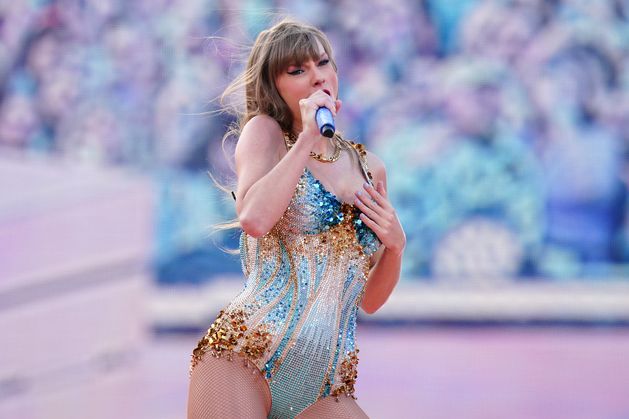NASA astronauts are confident the Boeing Starliner will bring them home

By Joey Roulette
WASHINGTON (Reuters) – The first two astronauts to fly on Boeing’s Starliner capsule said from the International Space Station on Wednesday they were confident the spacecraft could bring them home once the company and NASA fix a series of engine problems that have kept them in space much longer than expected.
“I have a good feeling that this spacecraft will bring us home without any problems,” said NASA astronaut Sunita “Suni” Williams during the test crew’s first press conference since docking with the ISS over a month ago.
Williams and Barry “Butch” Wilmore, both experienced NASA astronauts and former U.S. Navy test pilots, launched from Florida aboard the Starliner on June 5 and docked with the ISS the next day, where they were originally scheduled to spend about eight days.
A series of problems with the Starliner’s propulsion system has extended the mission indefinitely. Five of the Starliner’s 28 maneuvering thrusters failed during the 24-hour trip to the station, a fuel valve failed to close properly, and there were five leaks of helium, which is used to pressurize the thrusters.
“We are absolutely confident,” Wilmore told reporters. “The mantra you all know is: failure is not an option.”
“And that’s why we’re staying, because we’re going to test it. That’s our job,” Wilmore said, acknowledging that an ongoing investigation by the U.S. space agency and Boeing that includes engine testing on Earth is critical to their return.
The current test mission is Boeing’s final step before the spacecraft can receive NASA certification for routine astronaut flights and become the second U.S. orbital capsule alongside SpaceX’s Crew Dragon, which has dominated the fledgling manned spaceflight market amid development delays with the Starliner.
NASA officials and Boeing engineers have focused on the faulty engines and plan to conduct weeks of additional testing before allowing the Starliner to return Wilmore and Williams to Earth. Those tests include firing identical engines at the White Sands Missile Range in New Mexico to figure out what might be plaguing the engines in space.
“Once those tests are completed, we’ll look at the plan for landing,” Steve Stich, NASA’s commercial crew chief, told reporters last month. “We’re not going to target a specific date until we’ve completed those tests.”
The tests could take “a few weeks” or longer, after which NASA will review the results, Stich said. Starliner can remain docked to the ISS for 45 days, or up to 90 days, depending on the condition of the lithium-ion batteries, which have caused concerns in the past.
Although NASA and Boeing have stated that Starliner would be capable of returning astronauts to Earth in the event of an emergency on the ISS, the capsule is not approved for return home under normal, non-emergency circumstances until the engine problems are resolved or at least better understood.
Representatives of NASA and Boeing stressed that the two astronauts were not stranded in space.
A Russian satellite broke into about 180 pieces of debris near the space station’s orbit last month, forcing astronauts to climb into their various docked spacecraft, including Wilmore and Williams, who climbed into the Starliner to prepare for a possible escape. Boeing cited the incident as an example of the Starliner’s readiness to return home in an emergency.
“Starliner stood ready to undock and return Wilmore and Williams to Earth if needed,” the company said in a statement last month.
The risk of debris impact decreased and the astronauts left their capsules an hour later.
(Reporting by Joey Roulette; Editing by Will Dunham)
Related Posts

How Taylor Swift and many other famous people have close ties to Northern Ireland

Rob Kardashian’s daughter Dream has recorded her first song

